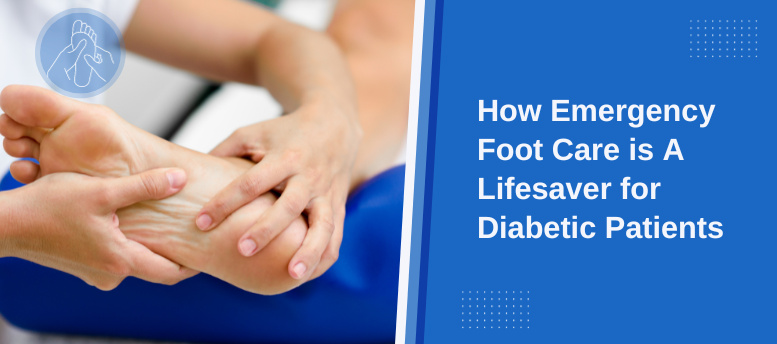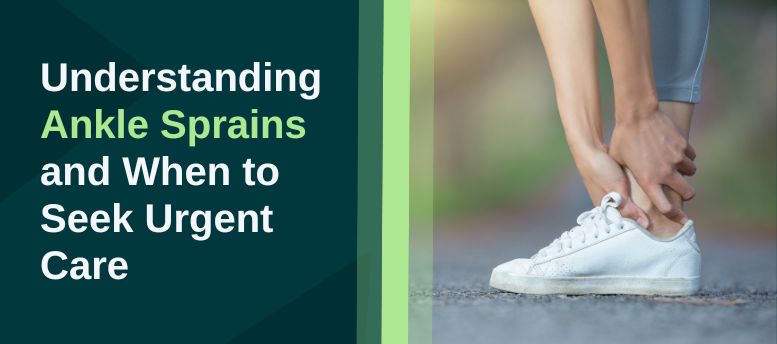Broken toes could cause excruciating pain, even if it were an accidental stub against a hard surface. But not every stubbing needs a visit to the doctor or emergency room. This article will elaborate on how to treat a minor broken toe and when to visit a doctor or seek emergency treatment for broken toe pain.
Causes of a broken toe
A broken toe is an injury caused by either dropping a heavy object on the toe or stubbing the toe against a hard surface. It takes a lot of force to break a bone. However, bones in the toes are more vulnerable to injuries as they are small in size and peripheral. A broken little toe caused by stubbing is particularly common due to its peripheral position.
Symptoms of a broken toe
- Any possible open (compound) fracture symptoms include open wounds, bleeding, or discharge near the broken toe.
Cold, numb, tingling, or unusual sensation in the toes. - Blue or gray colored skin near the injury.
- If the injured toe appears deformed or is pointing in the wrong direction (angulated)
What to do for broken toe: When to visit a doctor?
Not every toe injury needs a doctor. However, see a podiatrist for the broken toe if:
- The pain becomes worse and isn’t relieved by normal painkillers.
- The swelling and bruising don’t start to improve in a few days.
- There is an open wound associated with the break.
- Patients have a medical condition that may affect healing – for example, diabetes.
- The patient is on oral steroids.
Visit an emergency podiatrist if;
- The toe is numb or tingly. This suggests pressure on, or damage to, the nerves.
- The skin on the toes has turned blue (other than bruising), or grey and is cold to the touch when the other toes are not.
- The toe is bent at an angle or with an open wound.
- The injured toe is the big toe.
- The patient has more than one fractured toe.
- The injured person is a child: children may need a special boot for walking. It can be difficult to ensure that the child’s toe is not misaligned without an X-ray.
- The accident which damaged the toe was severe – for example, a fall from a height or a road traffic accident.
How to treat a broken toe?
Rest, ice and elevation are recommended to reduce bruising, swelling, and pain.
- Rest means not exerting pressure on the toe by running, walking, or standing too long.
- Hold an ice pack to the toe for 15-20 minutes every one to two hours for the first couple of days.
- Elevation means sitting or lying with the foot up as comfortably as possible. It is helpful for as long as the toe is swollen, particularly for the first 24 hours.
- For the smaller four toes, place paddings such as gauze, cotton wool, or some tissue between the toe and the one next to it and tape them together. This is called buddy taping or buddy strapping. The uninjured toe acts as a splint. Make sure the tape isn’t too tight. Also, remove and reapply fresh tape and padding after washing the injured foot.
- Wear shift soled shoes with comfortable soles that don’t crush or bend the toe.
The patient can begin normal activity once the swelling has gone down and wear a shoe comfortably.
Treatment for a Severely Broken Toe
- Urgent care for feet may make a small hole in the nail with a heated needle to allow the blood to escape, or they might remove the nail. However, they will be cautious if there is a break (fracture) beneath the nail; if the nail is intact, it will protect the break underneath from infection.
- If the skin is broken, antibiotic medication to prevent an infection in the fracture, which would interfere with healing and could spread further into the foot.
- If the toe is angulated, particularly if the fracture is through one of the toe joints, the toe may need to be aligned in line and held with metal pins.
- You may need to wear a fracture shoe or boot for 4-6 weeks.
Don’t ignore a broken toe. Give it the necessary medical assistance to heal and make a complete recovery. Visit an urgent care specializing in feet for optimal care.




